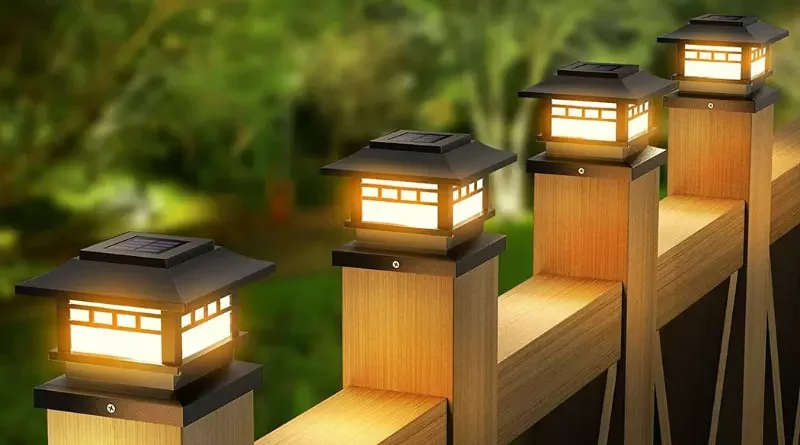5 Things to Consider When Choosing Solar Lights for Outdoor Use
There is a wide range of solar lights for outdoor use available today. Some examples include solar patio lights, solar fence cap lights, solar driveway lights, and solar pool lights. Solar patio lights are great for illuminating your outdoor entertaining area. Solar fence cap lights can offer both decorative and security functions for your fence and premises. Solar driveway lights let you navigate from the street into your driveway or garage more easily and safely. Solar pool lights can be placed over water and underwater to improve the vibe and ambiance of your pool and other waterscapes.
Are you thinking of getting solar lights for your outdoor space? What are some important things to take into consideration when choosing the right solar lights for your outdoor needs?
- Use and Purpose
How do you plan to use your outdoor solar lights? Do you need them to ward off intruders and enhance safety and security on your property? Are you looking for something that can improve the aesthetic of your backyard or garden? Outdoor solar lights come not only in different designs, styles, colors, and sizes, but they are also designed with different functions. Depending on your specific use and purpose, some might be more suited to your needs than others.
- Type of Solar Panel
Did you know that there are different types of solar panels that power solar lights? How do you know which among the options available is the right choice for you? Nowadays, the three most commonly used types of solar panels are monocrystalline, polycrystalline, and amorphous. Monocrystalline solar panels come with one silicon solar cell and are heavy and rigid. Polycrystalline solar panels come with multiple silicon crystal cells and are also heavy and rigid. Amorphous solar panels come with a single photovoltaic layer that covers the unit’s entire surface and are lightweight, thin, and flexible.
- Type of Battery
Are you aware that there are also different types of solar batteries for solar lights? How do they differ from each other? Examples of commonly used solar batteries today are lead-acid, nickel-cadmium (NiCad), and nickel-metal hydride (NiMH). They offer varied weights, energy storage sizes, charge times, run times, and lifespans.
- Brightness Level
Do you need your solar lights to light up your spacious backyard or just a small corner of your garden? Some solar lights can be brighter or dimmer than others. To find ones that meet your brightness requirement, you should check their lumens, which is a measure of the amount of visible light from a light source that the human eye can see. Usually, landscape lights have 50 to 300 lumens and path lights have 100 to 200 lumens.
- Run Time and Recharge Time
How long do you need your solar lights to run? Do you want something that can illuminate your outdoor space throughout the night? Do you prefer ones that can be fully charged quickly? Some solar lights can stay on for 12 hours, while others can run out of power after just a few hours. Some also require the entire day to be fully charged, while others work just fine after just six hours in the sun. To help you decide which to get, you should identify how much time you would like your solar lights to run and recharge.



